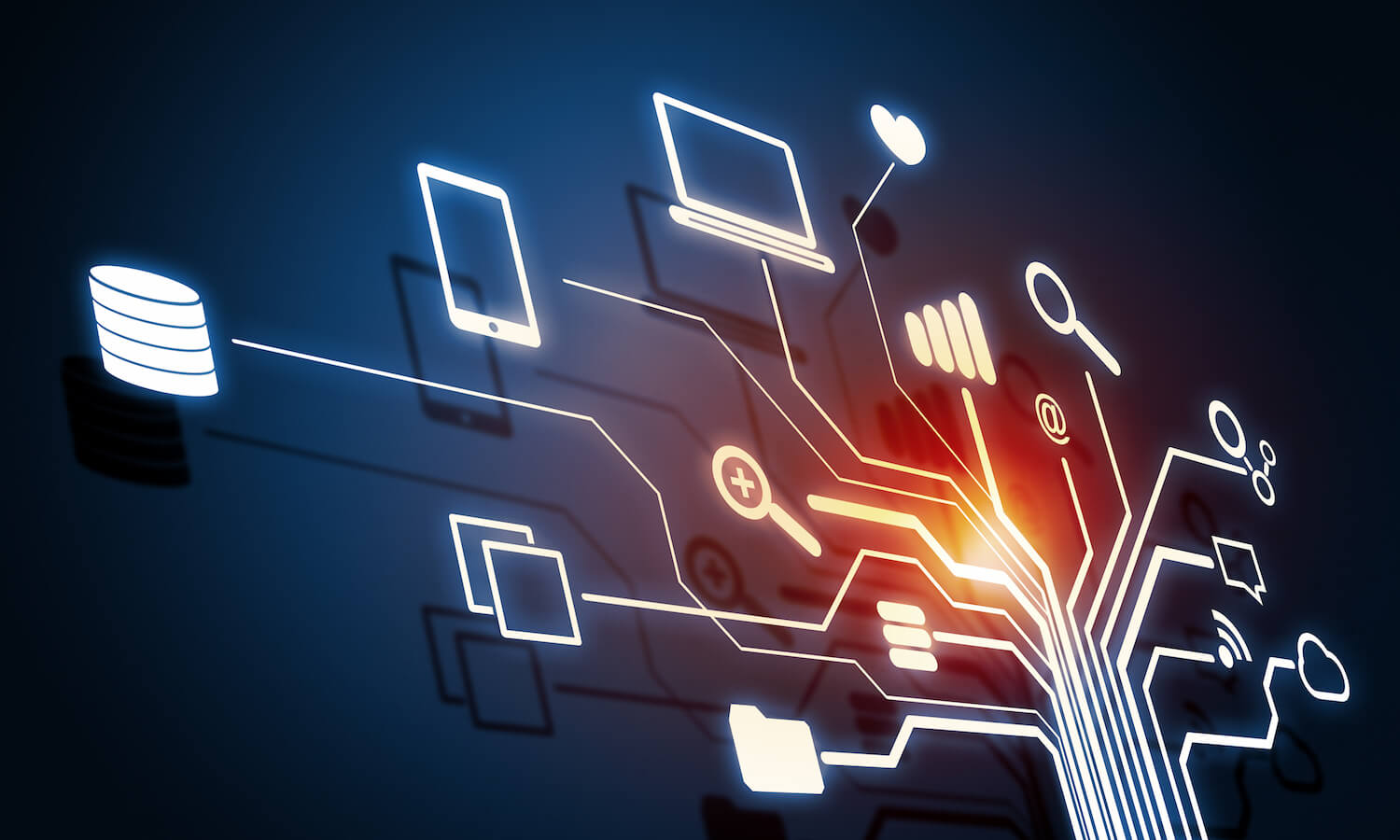The internet has transformed the daily lives of most people on this planet, but it has yet to realise its full potential. By connecting previously unconnected devices such as vehicles, appliances and industrial machines, the internet has the power to create a global network of devices — or things — that collect, exchange and act upon rich data. This new ecosystem is called the Internet of Things (IoT), and it’s growing at a much faster rate than most realise.
The explosion of IoT
To say that the short-term and medium-term outlook of IoT are positive would be an understatement. In 2018, there were approximately 17 billion connected devices worldwide, with the number of IoT devices at 7 billion (not counting traditional internet-connected devices such as laptops or smartphones), according to a report published by IoT Analytics. The global market is now expected to reach $1.6 billion by 2025.
In its Ericsson Mobility Report November 2018, the Swedish multinational networking and telecommunications company estimates that the total number of IoT connections will snowball to over 22 billion by 2024, growing at a rate of 17 per cent. Of the 22 billion connections forecast for 2024, over 4 billion are expected to be cellular IoT connections.
It shouldn’t then come as a surprise that the embedded SIM (eSIM), one of the biggest enablers of cellular IoT, is set to reach 420 million units annually by 2022, according to ABI Research. “This is the moment industry providers (such as the eSIM provider, mobile network operator and device manufacturer) have been waiting for. With both Apple and Google deploying smart devices, adoption of eSIM technology is only going to speed up,” says Tania Ferreira, Senior Producer for KNect365’s e-SIM Connect. Other players including Huawei, Samsung and Microsoft are a few among many others to offer eSIM connectivity.
Virtually all industries are gearing up to capitalise on the explosive growth of IoT and its potential to reduce costs and enable new business models. Manufacturing, transportation, logistics and utility industries alone are projected to spend $40 billion each on IoT platforms, systems and services by 2020 leading the spending in the market worldwide by vertical. IoT solutions are also driving spending in B2C, healthcare, process, energy & natural resources, retail, insurance and other industries.
A boon to IoT enablers
Device manufacturers are at the epicentre of this revolution, but they’re just one piece of a much larger puzzle.“Device manufacturers are realising that future success in the industry won’t just be about providing desired device functionality and competitive price points”, says Jeff Finn, CEO at Zvelo, a provider of cybersecurity solutions for web content, traffic and devices.
Finn argues that developing partnerships with providers of networking technology is the most effective way forward for device manufacturers and he believes that such partnerships can be powerful because network equipment is an ideal watchtower for IoT security measures to be located atop.
What’s more, mobile network operators can provide the ubiquitous connectivity that is so essential for the success of IoT, connecting any device regardless of its location. Most future smart devices will be equipped with the eSIM—from wearables to smart industrial sensors and actuators—making changing operators effortless.
“We believe that the eSIM is the enabler to increase the number of devices with cellular connectivity. You can buy a device anywhere you want and add it to your subscription without having to go into a shop,” says Philippe Lucas, SVP Strategy, Architecture, and Standardization at Orange.
Tor Malmros, co-CEO of Workz Group, the eSIM provider says, “early adopters of eSIM technology will gain a real competitive advantage and tremendous growth opportunities. The eSIM is probably the biggest development in the history of the SIM card since it was first invented. It encourages mobile network operators to collaborate with device manufacturers and together, realise its true potential.”
Conclusion
The Internet of Things and the eSIM are giving birth to a new generation of connected devices and creating many attractive opportunities for all players in the market, from the device manufacturer, and eSIM provider to the mobile network operator and other mobile solution suppliers. End users across industries are the ones who will benefit the most because they will be able to easily reap all the benefits of IoT, including lower costs, improved productivity, efficient resource utilisation, automation of daily tasks and access to high-quality data for further analysis, just to name a few.


